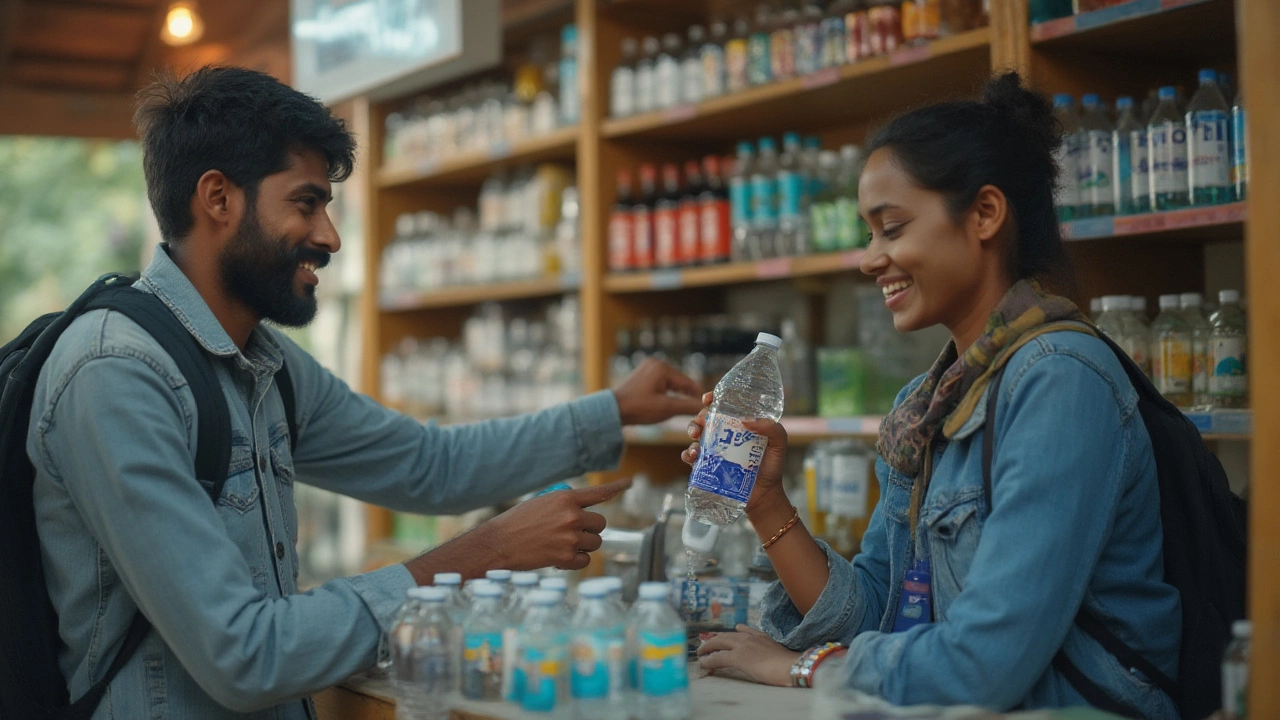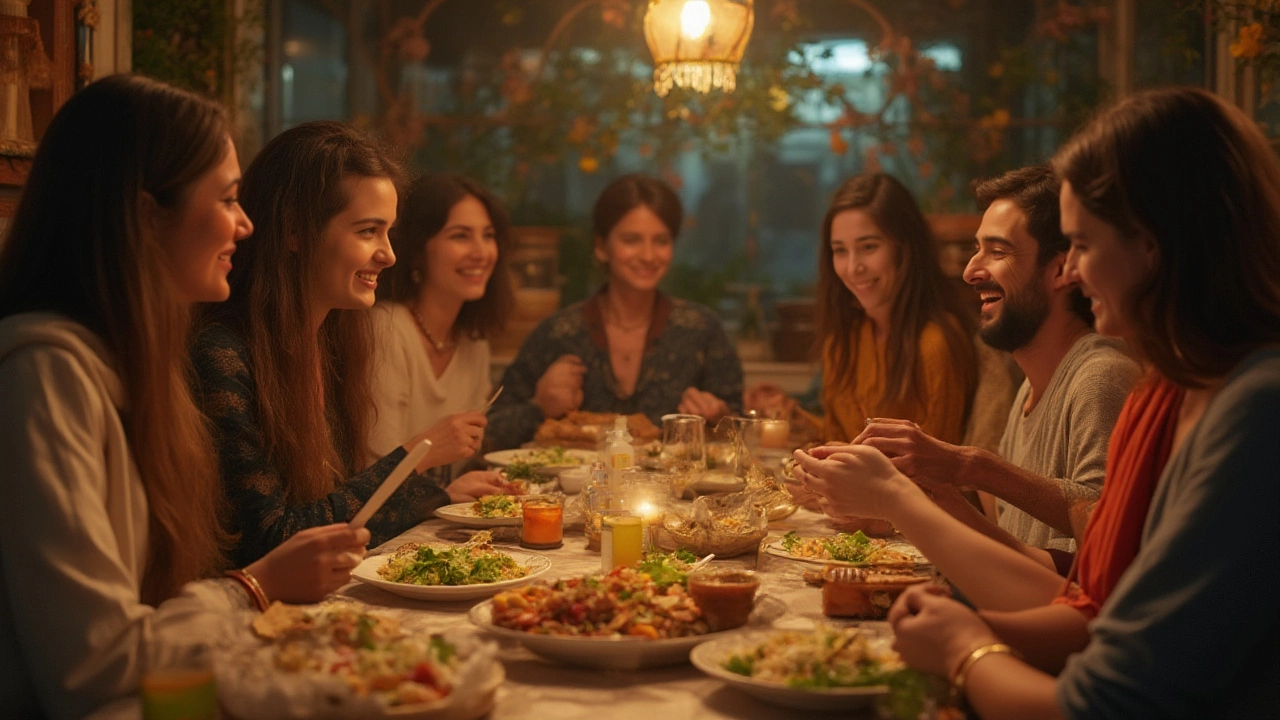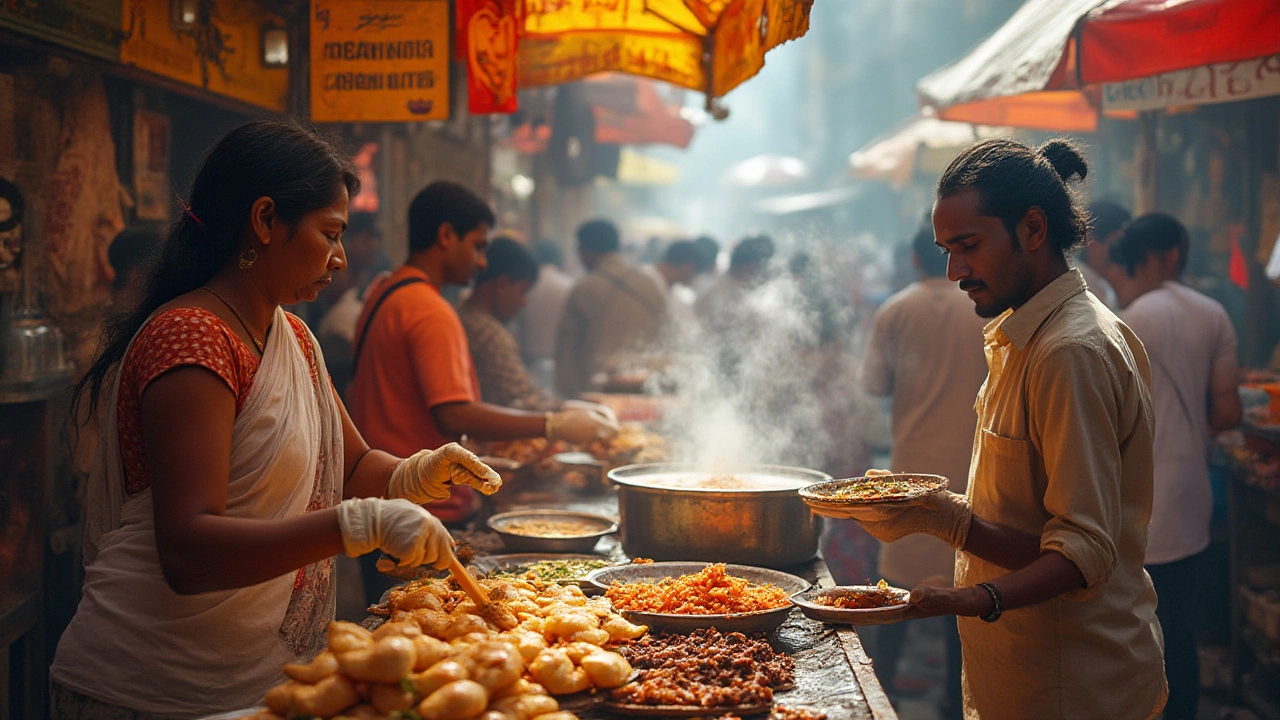Ask any seasoned traveler what they fear most in India, and sure, stories of wild auto-rickshaw rides or train delays will pop up. But nothing trumps the notorious “Delhi belly” – that churning stomach bug that levels tourists faster than monsoon rains drench Mumbai. We all love a sizzling samosa or a fresh coconut by the roadside, but nobody signs up for hours glued to a bathroom. So, how do you actually enjoy India’s eye-popping flavors without ending up regretting that crunchy golgappa?
Understanding Stomach Upset in India: What’s Really Going On?
Stomach trouble isn’t about being tough or used to different food. It’s nearly always a question of bacteria, viruses, or parasites your gut just doesn’t recognize. India’s climate — hot and humid, basically an all-you-can-eat buffet for microbes — means bacteria love to multiply in food that’s left uncovered or handled poorly.
The classic “Delhi belly” covers a range of symptoms, from mild discomfort to serious diarrhea and dehydration. The main culprits are often germs like E. coli, Salmonella, and even tiny parasites such as Giardia. According to a study published in the Journal of Travel Medicine in 2023, nearly 30% of first-time foreign visitors in India experience gastrointestinal troubles within the first week. The main risk factors? Eating unpackaged street food, drinking tap water, and skipping hand washing before meals.
It’s a rookie mistake to think rich, spicy curries will wreck your digestion — the actual issue is almost never the spice, it’s the cleanliness. Spices like turmeric and cumin even have mild antibacterial properties. Nurses at the Apollo Hospital in Delhi often say, “You won’t get sick from chili powder, you’ll get it from dirty water on your salad.”
| Source | Year | % of Travelers Reporting GI Issues |
|---|---|---|
| Journal of Travel Medicine | 2023 | 30% |
| WHO Survey (South Asia) | 2022 | 28% |
| Indian Medical Association Study | 2024 | 29% |
So, the big question isn’t "Will I get sick?" but "How do I stack the odds in my favor?" Trust your nose, your eyes, and a few science-backed hacks.
Smart Food Choices: What to Eat, What to Skip
The energy and temptation of Indian street food is a tough thing to ignore. But a little caution goes a long way. If you’re craving that golden samosa or syrupy jalebi, go for food that’s been cooked piping hot right in front of you. Heat kills most bugs, so fried, baked, or boiled food is usually safer than stuff that’s just sitting around. Locals always pick the stall with the biggest crowd. It seems obvious, but the logic checks out: fast turnover means fresher food, which hasn’t been hanging out at bacteria party temperature.
Salads, cut fruit, and chutneys made with raw ingredients are riskier. You wouldn’t believe how many visitors end up in hospital after nibbling on those innocent-looking slices of watermelon dusted with masala. Unless you peel it yourself, give raw produce a pass. Indian veggies are delicious, but safer when cooked. The same principle applies to dairy. Fresh lassi from a busy shop? Probably a good bet. Uncovered yogurt ladled from a street-side tub? Maybe not.
Eggs, meats, and seafood need extra care. Seafood smells off? Skip it. Want chicken? Order something that's cooked well-done – tandoori and curries are great as they bubble away for ages. Cheese lovers, rejoice: paneer is usually made fresh and cooked, so it’s pretty safe. Pre-packed snacks from reputable brands are everywhere in India and a sure bet when your belly feels delicate.
- Eat what you see being cooked, not what’s been sitting out.
- Pick stalls with crowds — it means fast turnover and less chance for bacteria to multiply.
- Only eat fruit you peel yourself (like bananas or oranges).
- If a menu says "filtered water used," double check or just order something boiled.
- When in doubt, go vegetarian – less chance for meat-borne bugs.
If you’re dying to try street food, bring your own cutlery or use disposables. Most sickness is spread through hands, not the food itself. And bring wet wipes. India’s all about hands-on eating, so keeping them clean pays off.

Water Wisdom: The Golden Rule of Hydration
It’s no exaggeration that water is the number one culprit for stomach issues among travelers. Indian tap water — whether boiled or filtered on the spot — is almost always suspect for foreign bellies. Local immune systems are built up from childhood, but your stomach isn’t trained for that microbiome cocktail.
Your safest bet is sealed bottled water from known brands (Bisleri, Kinley, Aquafina), and it’s everywhere. Always check that the cap clicks when you open it. Little hacks like these make a world of difference. Ice is a common tripwire — avoid it, unless you know it was made from purified water, which is rare even in big hotels. Chai and coffee are usually safe because the water's boiled, but don’t drink juices made with water that’s not sealed and branded.
High-end restaurants filter or purify water, but don’t take it for granted. If it’s presented unsealed, politely ask for bottled. Brushing your teeth? Use bottled water. Shower water is usually fine unless you swallow it. Tiny step, big payoff.
- Never drink tap water. Always opt for branded, sealed bottled water.
- Check the seal. If it looks tampered, ask for another.
- Skip ice, unless you’re 100% sure about safety.
- Hot drinks (chai, coffee) are much safer than cold drinks from street carts.
- Use bottled water for brushing teeth. It reduces risk a lot.
BBC Travel said it best:
"Most cases of traveler’s diarrhea in India are linked to water — not street food. If you remember nothing else, remember the water rule.”
Hygiene Habits That Actually Work
Even the best food can be sabotaged if your hands aren't clean. The last few years saw a big jump in sanitizer use, but soap and water will always be king. India’s bustling, dusty streets mean germs tag along everywhere: banknotes, handrails, tuk-tuk door handles. Wash your hands before every meal — really scrub for 20 seconds. If you can’t find a washroom, have a good alcohol-based sanitizer handy.
The joy of Indian food is eating with your fingers — it’s how locals do it. But it also means whatever is on your hand ends up in your mouth. Got a papercut or sore on your hand? Cover it with a plaster before diving in.
After ordering, peek into the kitchen if you can (open kitchens are common). You might see spotless stainless counters and folks with hair nets — instantly reassuring. Or you might catch a bored cook petting a street dog between chopping onions. Trust what you see. Cookware that’s actually hot from the flame is safer than cold, greasy pans.
Sometimes, the second day is the trickiest. You’re not super alert anymore and you start getting adventurous. That’s where most mishaps happen. Stick to your habits, every single meal.
- Wash your hands — with soap — before eating.
- Carry sanitizer, but don’t use it as a substitute for a good scrub if water’s available.
- Watch the kitchen (if possible) — cleaner is always better.
- Avoid buffets if the food looks old or barely warm.
- Don’t touch your mouth or face unless your hands are absolutely clean.
- Don’t cut corners on habits just because you feel “safe” on day three.
Quick stat: According to the Indian Council of Medical Research, simple hand washing can reduce your risk of stomach upsets by over 35%. Wild how something so basic works so well.

If Things Go Wrong: Quick Fixes and What to Pack
Even if you’re careful, things slip through the cracks. If you start getting cramps, diarrhea, or feel feverish, don’t panic. Most stomach bugs blow over in 24-48 hours if you rest and rehydrate. Carry oral rehydration salts (ORS) – they’re sold everywhere and work wonders. Sip clean water, avoid dairy for a day or two, and eat bland foods like rice, bananas, or toast (yes, you’ll find toast at every hotel breakfast in India).
avoid stomach upset India isn’t about dodging food altogether, it’s about making smart, simple choices until your gut adjusts. Your body gets stronger after a week, so it’s those first several days that matter most.
Doctors in India often recommend a traveler’s health kit with loperamide or other anti-diarrheal meds for emergencies, but only use antibiotics if prescribed — “self-medicating” can make things worse. If you get severe symptoms (fever, blood in stool, dehydration), go to a local clinic. Medical care is widely available and affordable here.
- Bring oral rehydration sachets — easy fix for dehydration.
- Basic painkillers, antiseptic cream, and hand sanitisers are handy.
- Loperamide (Imodium) is useful for long travel days, but don’t overuse.
- Carry a small first aid kit – band-aids, antiseptic, etc.
- Know where the nearest good hospital or clinic is, especially in big cities.
Indians deal with these bugs too — it’s not just tourist bad luck. You’ll get friendly advice everywhere, so don’t be shy to ask hotel staff or locals for tips or help. The vast majority of stomach upsets aren’t serious, just annoying. The key is not to ignore symptoms if they worsen.
Traveling in India is a bit wild, properly rewarding, sometimes unpredictable — and definitely always tasty. Don’t let fear make you miss out on an epic food adventure. Stay smart, stay curious, and let your tastebuds do the exploring, not the germs.
